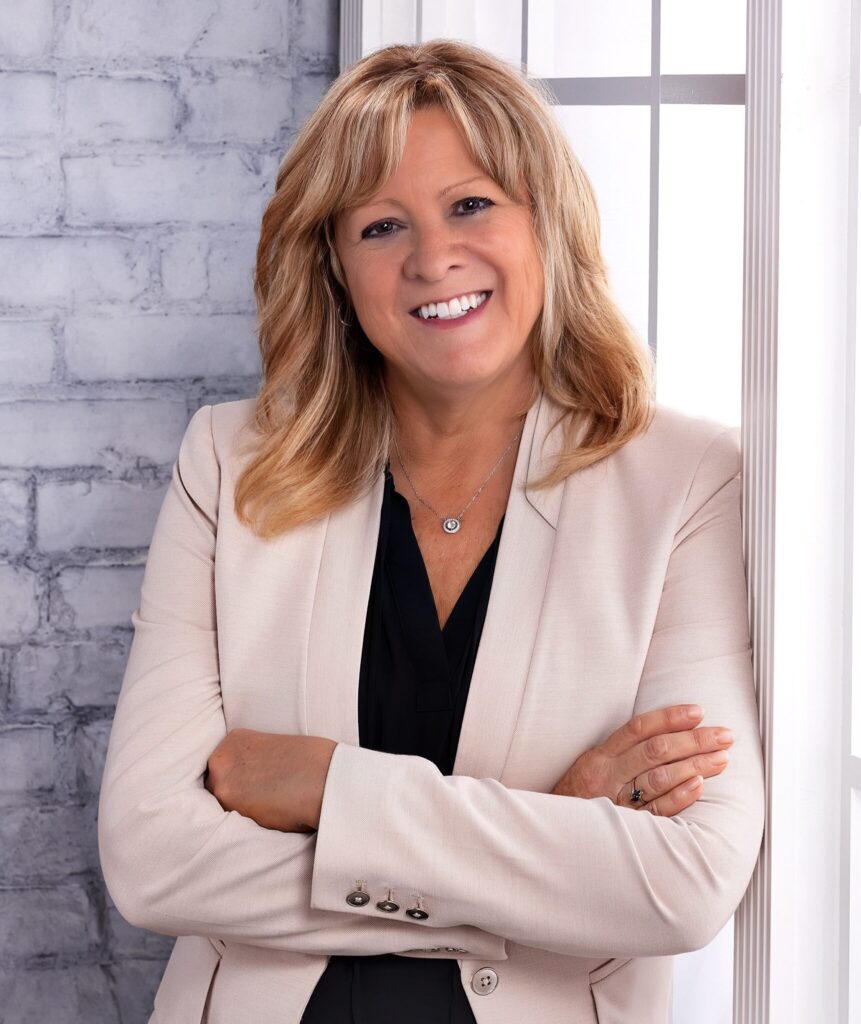The COVID Effect On Cloud Storage

The media industry is currently caught up in an unforeseen crisis. In the majority of countries, content production teams are struggling to maintain consistent output. With live events and established programming cancelled, broadcasters are assessing their archives to fill the content gap both during and post social distancing.
Private and public cloud storage is proving essential for enabling remote workflows, as well as supporting effective collaboration between teams. Companies have had to separate staff at extremely short notice and are certainly doing the best they can in difficult circumstances. However, in the rush to transfer legacy tape archives to storage that doesn’t require human intervention, potential issues are being overlooked. Organizations need to stop and consider the pitfalls before hurriedly rolling out a public cloud-based infrastructure.
Using The Cloud Effectively
Private and public cloud-based working offers numerous benefits, but only when the right framework has been put in place for it to be used securely and effectively. At the moment, a lack of live events, particularly in sports broadcasting, is keeping content creation professionals extremely busy.
To meet the current demand, editing and production teams must be able to “self-serve” content. This means that team members need the ability to access the archive simultaneously from a variety of locations, search it effectively and utilize the content quickly.
The key to monetizing an archive lies in searchable metadata. If your content has not been analyzed with the latest AI algorithms for image recognition, then your creative teams might as well be searching for a needle in a haystack. The rush to upload to any cloud has left a lot of organizations with “dark media” archives. To avoid unindexed, and unsearchable, dark media mountains, accurate metadata tagging and AI analysis needs to take place.
A Lack Of Risk Assessment
The planning process for standard disaster recovery operations covers numerous factors. Organizations conduct weeks of risk assessment and build long-term contingency plans. Content stakeholders are consulted, and the chosen protection systems take everything from regular data backups to alternative site locations into account.
Many of these contingency plans contain strategies for dealing with the aftermath of a natural disaster. Prior to COVID-19, the majority of people would have considered it overzealous to build in solutions for a disaster that affected almost every business on the planet overnight. However, this is where we currently find ourselves, and we cannot replace a comprehensive contingency plan with quick-fix thinking.
Security Concerns
A lack of risk assessment can have serious implications for content security. While making the most of an archive is key for media organizations, rushing to upload assets to the public cloud without forward planning can leave your content open to security breaches.
Often, organizations discuss cloud storage in quite general terms without paying attention to the specific architecture models. The three main types of cloud — public, private and hybrid — all carry various pros and cons that need to be factored into content migration plans.
In the short term, many are attracted to a public cloud option without considering the lack of security and control this provides or the long-term costs of such a strategy. Public cloud options, which appear to have low upfront costs, can carry significant hidden expenses such as fees to access a company’s own data that can incur huge AI analysis overheads, general egress fees and data lock-in.
The Global To Local Shift
Not many people would have guessed in the era BC (“Before COVID”) that the march of globalization would take such a U-turn. An economy that was built on global inter-connection and unrestricted trade has been severely limited by the virus. International flights have been canceled, borders have been closed and countries are building a new self-sufficient infrastructure to cope with the pandemic.
Many are experiencing the pitfalls of having an entire supply of particular goods manufactured abroad or are seeing limited access to specific services that they could usually count on. With global tensions rising, it seems likely that there will be an inevitable move away from globalization and a renewed focus on self-reliance.
Risk assessment will need to become more robust, as security concerns become more entrenched. Broadcasters may have to ask some challenging questions:
- Is it logical to store all of our video assets with a company based on a different continent?
- Is it inconceivable to think that data borders may be invoked within the internet?
- How can we ensure content self-sufficiency for our organization?
Currently, the media industry is buzzing with talk of the post-COVID future. There is no doubt that broadcasting is proving both its resilience and its ability to manage huge change. However, without careful assessment, the industry runs the risk of diving head-first into new challenges that could have been easily avoided. With a little forward planning we can avoid these pitfalls and set the industry on the right course for the years to come.
Jonathan Morgan is managing director of Object Matrix.

























Comments (0)